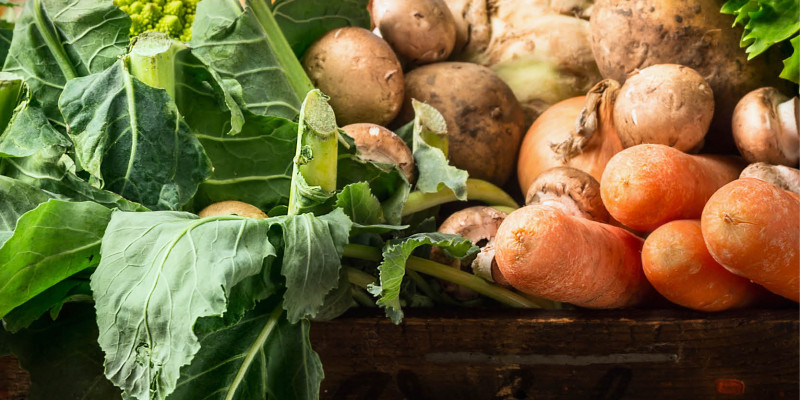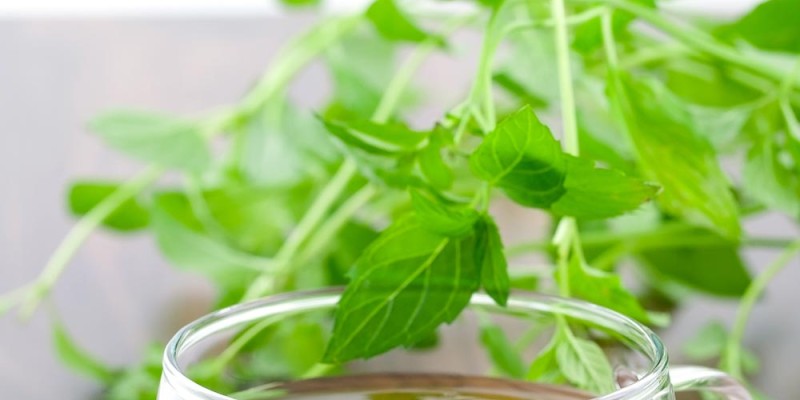This time of year I know as a gardener I am eagerly awaiting my last frost date. In anticipation of this wonderful milestone in the growing season it’s a great time to move and propagate perennials in your garden. Today I am going to be moving some of my strawberries, mint and Iris.
Strawberries
I will be moving most of my strawberries from this bed and moving them to the perimeter garden to finish off my perennial orchard and make room for my permanent winter garden as currently the strawberry bed gets slightly more direct sun light during the long winter months.
Moving strawberries is quite easy. I usually wait until the soil is workable and the plants are beginning to grow. Moving strawberries too early can damage the roots when they cannot react and later in the season you may sacrifice this year’s crop.
I then take a trusty sod cutter and excavate around them taking as much of the soil around them as you can. You can remove the soil if you wish however leaving it in place will help reduce the transplant shock.
In the new area make sure the soil is rich and lose and drains well. Strawberries produce the best when the soil is slightly acidic average pH of 6 works best. This makes them great companion ground covers for blueberries and grapes that also do best in acidic soils.
In the new location spread the plants out and dig a hole roughly the same size as the soil ball. Plant and make sure the soil is in good contact with the root ball. Match the soil level of the root ball with the soil around it.
Over the summer the strawberries will send runners that will become new plants filling in the bed.
Mint
Strawberries may slowly take over a bed however mint is probably one of the more invasive plants in the garden. As such when planting it in your garden be prepared for it to take over or take some simple measures to help avoid the spread.
I will be planting my mine as a ground cover plant for my potted fruit bushes. The bushes grow vertically while the mint will take over the remainder of the available soil maximizing the use of the space.
The mint will act as a mulch helping to prevent weeds from germinating however unlike a mulch it will compete for the water and nutrients in the shallow soil.
Mint can be propagated using cuttings or in a similar method to how we just moved the strawberries however today we are going to split a plant. This is a great way to stretch your dollars turning one plant into two.
Cut the plant in half making sure there are stems coming from the soil on both sides. Plant the root ball in the soil matching the ground level. You will shock the plant a little bit cutting into the soil like this however the plant should be just fine.
Soon enough you will have more mint then you know what to do with I love to use it to make fresh mint tea and dry the excess for tea in the winter.
Mint can be planted any time during the growing season but for the best results and chance for overwintering plant or split as early as possible and plant right after the last frost date in your region.
Growing the mint in a container will help prevent its spread to other area in the garden. Make sure the leaves or stems do not have the opportunity to touch soil outside of the pot as they will root and spread.
Iris
Now that we have split and moved the edible strawberries and mint its time to move a beautiful plant that can be a killer. Iris are poisonous so make sure not to eat them. That said they are beautiful both while blooming and as an ornamental grass like plant after.
My wife loves them so I thought I would split them so I can grow more for her.
Iris produces rhizomes that can be easily moved. There are many options for the best time to move them. As I have the time now I will likely sacrifice this year’s blossoms for the convenience of doing it now. If you wish to wait you can wait until they are done flowering and cut them back then move them in August/September
Using a garden fork carefully lift the rhizomes and remove the ones you want and replace the rest filling the hole with potting mix and top with mulch.
If you wish you can carefully separate them to increase the spacing and overall flower production. Try to reduce the amount of damage to the rhizome and roots.
Remove any that are soft or look to be rotting. Inspect the remaining rhizomes for damage. If damaged it could be parasites and should be removed from the garden.
Plant the rhizome so it shows just above the soil with the fine roots extending below the soil.
Gently plat the soil down around the base making sure there is good soil contact with the roots.
General transplant guidelines
Planting Strawberries, Mint or Iris too low in the soil can invite in disease ultimately killing your plants.
Now that you have planted them make sure to keep the soil moist to help with the transplant shock.
Splitting or propagating plants is a great way to save money and get more out of your plants.
Do you have a favorite plant to propagate and technique? I would love to hear about them in the comment section below or on the Alberta Urban Garden Facebook Page a link can be found in the description below.

